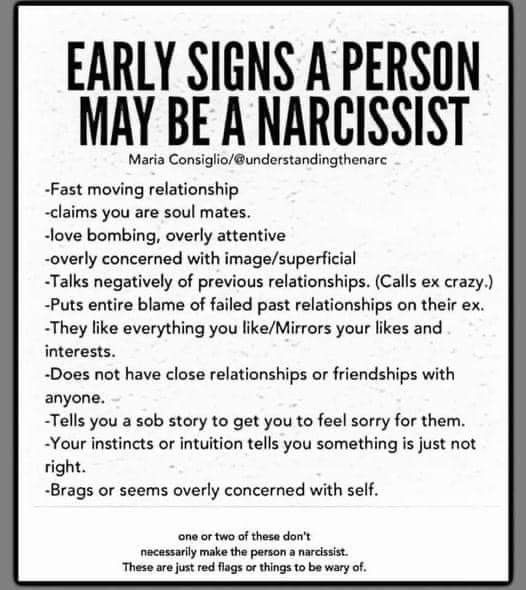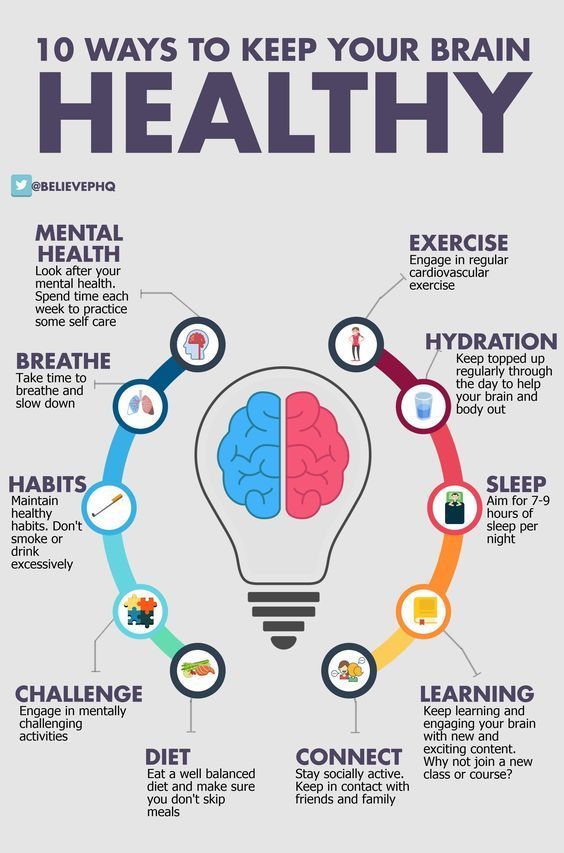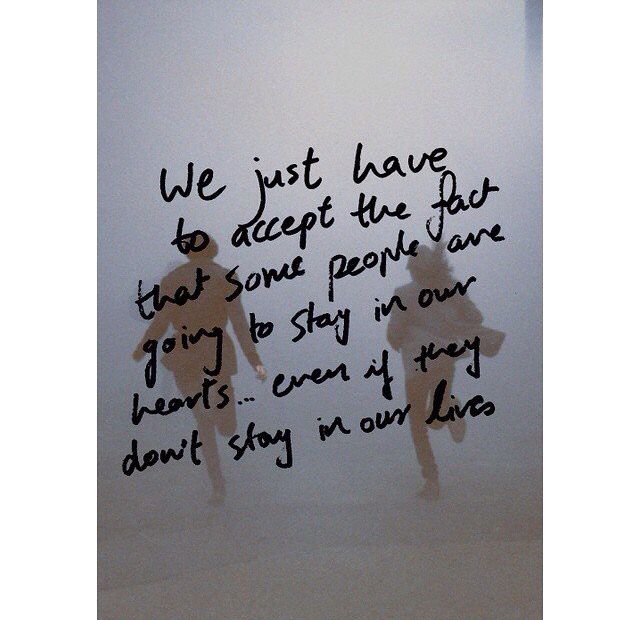How to get over things
12 Tips for Letting Go of the Past
One thing that connects us as human beings is our ability to feel pain. Whether that pain is physical or emotional, we all have experiences of being hurt. What separates us though, is how we deal with that pain.
Experts have found that when emotional pain prevents you from healing from a situation, it’s a sign that we aren’t moving forward in a growth-oriented way.
One of the best ways to heal from hurts is to learn lessons from the situation and use those to focus on growth and forward momentum. If we get stuck in thinking about what “should have been,” we can become immobilized in painful feelings and memories.
If you’re trying to move forward from a painful experience, but you’re not sure how to get started, here are 12 tips to help you let go.
1. Create a positive mantra to counter the painful thoughts
How you talk to yourself can either move you forward or keep you stuck. Often, having a mantra that you tell yourself in times of emotional pain can help you reframe your thoughts.
For example, says clinical psychologist Carla Manly, PhD, instead of getting stuck in, “I can’t believe this happened to me!” try a positive mantra such as, “I am fortunate to be able to find a new path in life — one that is good for me.”
2. Create physical distance
It’s not uncommon to hear someone say that you should distance yourself from the person or situation that is causing you to be upset.
According to clinical psychologist Ramani Durvasula, PhD, that’s not such a bad idea. “Creating physical or psychological distance between ourselves and the person or situation can help with letting go for the simple reason that we are not having to think about it, process it, or being reminded of it as much,” she explains.
3. Do your own work
Focusing on yourself is important. You have to make the choice to address the hurt that you’ve experienced. When you think about a person who caused you pain, bring yourself back to the present. Then, focus on something that you’re grateful for.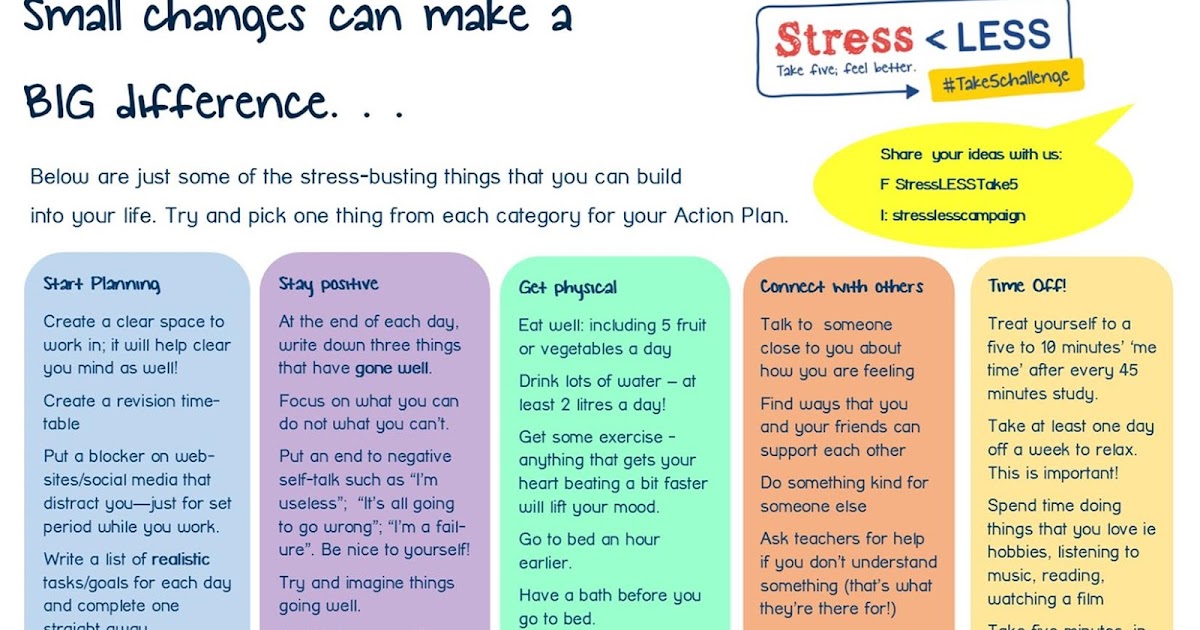
4. Practice mindfulness
The more we can bring our focus to the present moment, says Lisa Olivera, a licensed marriage and family therapist, the less impact our past or future has on us.
“When we start practicing being present, our hurts have less control over us, and we have more freedom to choose how we want to respond to our lives,” she adds.
Online meditation options
Read our review of the best online meditation options to find the right fit for you.
5. Be gentle with yourself
If your first response to not being able to let go of a painful situation is to criticize yourself, it’s time to show yourself some kindness and compassion.
Olivera says this looks like treating ourselves like we would treat a friend, offering ourselves self-compassion, and avoiding comparisons between our journey and those of others.
“Hurt is inevitable, and we may not be able to able to avoid pain; however, we can choose to treat ourselves kindly and lovingly when it comes,” Olivera explains.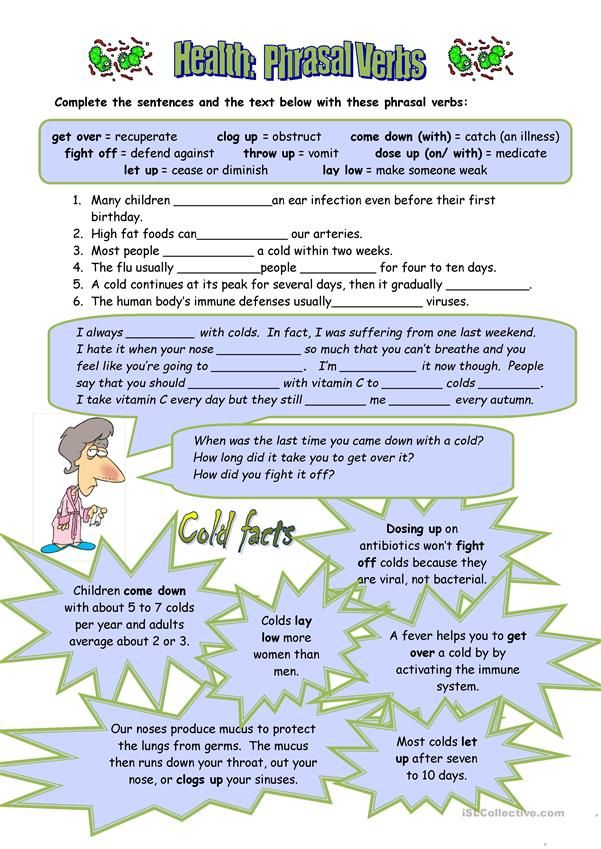
6. Allow the negative emotions to flow
If you’re fear of feeling negative emotions is causing you to avoid them, don’t worry, you’re not alone. In fact, Durvasula says that many times, people are afraid of feelings such as grief, anger, disappointment, or sadness.
Rather than feeling them, people just try to shut them out, which can disrupt the process of letting go. “These negative emotions are like riptides,” explains Durvasula. “Let them flow out of you… It may require mental health intervention, but fighting them can leave you stuck,” she adds.
7. Accept that the other person may not apologize
Waiting for an apology from the person who hurt you will slow down the process of letting go. If you’re experiencing hurt and pain, it’s important you take care of your own healing, which may mean accepting that the person who hurt you isn’t going to apologize.
8. Engage in self-care
When we are hurting, it often feels like there is nothing but hurt. Olivera says practicing self-care can look like setting boundaries, saying no, doing the things that bring us joy and comfort, and listening to our own needs first.
Olivera says practicing self-care can look like setting boundaries, saying no, doing the things that bring us joy and comfort, and listening to our own needs first.
“The more we can implement self-care into our daily lives, the more empowered we are. From that space, our hurts don’t feel as overwhelming,” she adds.
9. Surround yourself with people who fill you up
This simple yet powerful tip can help carry you through a lot of hurt.
We can’t do life alone, and we can’t expect ourselves to get through our hurts alone, either, explains Manly. “Allowing ourselves to lean on loved ones and their support is such a wonderful way of not only limiting isolation but of reminding us of the good that is in our lives.”
10. Give yourself permission to talk about it
When you’re dealing with painful feelings or a situation that hurt you, it’s important to give yourself permission to talk about it.
Durvasula says sometimes people can’t let go because they feel they aren’t allowed to talk about it. “This may be because the people around them no longer want to hear about it or [the person is] embarrassed or ashamed to keep talking about it,” she explains.
“This may be because the people around them no longer want to hear about it or [the person is] embarrassed or ashamed to keep talking about it,” she explains.
But talking it out is important. That’s why Durvasula recommends finding a friend or therapist who is patient and accepting as well as willing to be your sounding board.
11. Give yourself permission to forgive
Since waiting for the other person to apologize can stall the process of letting go, you may have to work on your own forgiveness.
Forgiveness is vital to the healing process because it allows you to let go of anger, guilt, shame, sadness, or any other feeling you may be experiencing and move on.
12. Seek professional help
If you’re struggling to let go of a painful experience, you may benefit from talking to a professional. Sometimes it’s difficult to implement these tips on your own, and you need an experienced professional to help guide you through the process.
Online therapy options
Read our review of the best online therapy options to find the right fit for you.
To let go of past hurts, you need to make the conscious decision to take control of the situation. However, this can take time and practice. Be kind to yourself as your practice refocusing how you see the situation, and celebrate the small victories you have.
I can't get over things that happened in the past
This article was written in partnership with Lilli Correll, LPC.
It can be frustrating to realize that things that happened in the past are still affecting you. You might think, “That happened years ago! I thought I was over it. Why am I still feeling or acting this way?”
Our past trauma can have long-lasting impacts. At times it can feel like you will never recover from it. That leads to feeling discouraged. Often people feel scared to talk about the effects, because it makes them feel ashamed.
The truth is, it’s normal to have trouble moving past the things that have happened to us. Nothing is wrong with you—you’re just learning how to cope with challenging feelings!
Your feelings and experiences are valid
We often question our own perceptions or experiences. Sometimes while you are going through something, it doesn’t seem like that big a deal. Calling it “trauma” might feel like overkill—but trauma comes in all shapes and sizes! Anything that has a lasting emotional impact can be traumatic.
Sometimes while you are going through something, it doesn’t seem like that big a deal. Calling it “trauma” might feel like overkill—but trauma comes in all shapes and sizes! Anything that has a lasting emotional impact can be traumatic.
You may have tried to talk to someone who didn’t take your experiences seriously. But other people don’t get to define your past or how you deal with it. All that matters is what you experienced, and how it affected you.
How our past continues to affect us
Trauma has lasting effects on the brain. It can become difficult to feel fully alive in the present moment. When we are not living in the moment, we are reliving the past—or fearful of what might happen in the future.
Our experiences also shape our beliefs about ourselves. We like to feel like we’re in control… So when something happens that’s outside of our control, it’s often easier to blame ourselves. We become overly critical of ourselves. We think, “If only I had been stronger, this wouldn’t have happened to me. ” We end up feeling like the problem is with us, when really the problem is what has happened to us.
” We end up feeling like the problem is with us, when really the problem is what has happened to us.
While you are working through your trauma, you are likely very alert and ready to protect yourself in any situation. You may not trust others—or trust them too easily. You might have some triggers—situations that remind you of the past, or bring up feelings or behaviors that make you feel stuck.
Things that happened in our past can have a lasting effect on our mental health. If your thoughts, feelings, or behaviors are interfering with your daily life, it’s possible that your trauma has led to a mental health condition like PTSD, anxiety, or depression.
How to heal and move on
To move on from the past, it’s important to create a strong foundation for healing. Here are some steps to start your journey:
- Give yourself some credit. If you’ve realized there’s a problem, you’re halfway to solving it! Rather than asking “what’s wrong with me?” consider “how is it that I keep going even though I have faced such scary situations?”
- Get support.
 Try to find a friend or family member who understands. You can look for a support group online or in person. It can also be helpful to have a therapist that helps you heal.
Try to find a friend or family member who understands. You can look for a support group online or in person. It can also be helpful to have a therapist that helps you heal. - Be easy on yourself. Whatever you are feeling is normal to feel. Many other people have had the feelings you are having. If you don’t believe that, you can search online for stories of people who have had similar experiences. And the more you begin to open up to trusted people, the more you will realize that you’re not alone!
- Take one situation at a time. Rather than trying to solve your whole life, start with the specific issue that has gotten you upset. Identify what’s triggering you. Is it something you can avoid? Or do you need to talk it out with someone? Do you need to work up the courage to face it?
- Remember it’s a process. You will take positive steps forward, and you will also take steps backward. You are moving forward overall… Don’t rush it! It takes what it takes.

Remember: Just by reading this, you’re taking your first steps toward facing your past. That’s such a brave thing to do, and you should be proud of yourself!
How to deal with the mess in the apartment: Where and how to put things away if there is “no space” and “lazy”, tips
Ideal interiors without a single carelessly thrown thing can only be seen in pictures with 3D visualizations. And even then, probably, they will soon start doing renderings with scattered clothes, an ironing board, or even a clothes dryer laid out in the most visible place. Otherwise, where is the credibility? And most importantly, how can we live with this “certainty”? We figure out if there are solutions to the problem of domestic disorder.
Britse & Company AB
Olga Shangina | Photography
Problem: chair-mountain
We don't send all things that have been worn and taken off to the laundry, and putting them together with clean things does not raise a hand. Therefore, we automatically throw it on the back of a chair - and now a lump has already formed.
Therefore, we automatically throw it on the back of a chair - and now a lump has already formed.
The concept of “once worn and washed” is harmful primarily to the clothes themselves: frequent washing shortens the life of the item, the fabric deteriorates. And is it worth it to wash a dress once worn if there is not a spot on it, and then spend the next evening ironing? There are also clothes that we do not wash, but give to dry cleaning - let's not do this every day with a jacket.
What to do?
1 . Place a floor rail or valet hanger. Plus - the ordering of daily things and the absence of a lump in the chair. Minus - things are still in sight, although not in a heap.
Kathryn MacDonald Photography
2. Get a separate compartment in the closet for things "second freshness". Plus, everything is out of sight. Minus - there may simply not be a free shelf.
3. In order not to be confused with perfectly fresh, fold worn items differently. That is, clean in the same cabinet, in the same compartments as the clean ones, but turn it inside out, for example. Plus - the chair is clean, all once worn clothes are easy to separate from fresh ones. Minus - in the morning you have to turn the jacket back on, but such a number will not work with a jacket.
That is, clean in the same cabinet, in the same compartments as the clean ones, but turn it inside out, for example. Plus - the chair is clean, all once worn clothes are easy to separate from fresh ones. Minus - in the morning you have to turn the jacket back on, but such a number will not work with a jacket.
4. The problem is not only with the things you took off (on returning from work), but also with those pajamas, home clothes, socks that you left somewhere at home. So that this “somewhere” is not a lump on a hook in the bathroom / chair back / sofa armrest - get a separate chest of drawers for household items. Only for them. Plus - the chair is still disassembled. Minus - you need to find a place for a separate object.
Option: store your home clothes in the bench with reclining seat (as pictured above). Here you can also put everything that you actively put on in this period until the moment of washing. Plus - things are laid out, the chair is free. Minus - banquettes in any case will take place.
Minus - banquettes in any case will take place.
RELATED…
17 devices for storing used items, not counting the chair
Natalya Preobrazhenskaya | Bureau "Uyutnaya Kvartira"
Problem: eternal cleaning
When you get home in the evening, you want to watch a good series with a glass of red wine and stretch out on the sofa. And here the machine is in the process of another wash, children's things (which were removed in the morning) are again lying around in the middle of the living room.
Lack of desire to tidy up is often a matter of an ill-conceived storage system. I'm not saying "buy more cabinets" now. I'm talking about the fact that a huge multi-room apartment can be littered with things if you need to perform more than two actions to clean each of them. Let me explain with a simple example.
You have a sliding door wardrobe with a pull-out storage basket inside. You need to move the front, pull out the drawer and fold the sweater neatly. But usually it happens like this: you either don’t close the door behind you or don’t pull out the drawer (you shove it inside the basket at random): both times it feels like a mess with a fairly spacious storage system.
You need to move the front, pull out the drawer and fold the sweater neatly. But usually it happens like this: you either don’t close the door behind you or don’t pull out the drawer (you shove it inside the basket at random): both times it feels like a mess with a fairly spacious storage system.
BRANDI Living
What to do?
Rethink the principles of storage. Opened the drawer - put the thing - closed it. If you need to move something away to get to the chest of drawers, this place is not suitable. Buy a regular dresser with drawers: wardrobes, where you first need to open the door, and then further pull out the drawer, are best avoided. Take a look around, there are probably a lot of storage places in your house that you do not use. Because next to the toy cabinet, the child has laid out the railroad, and the remote control and the blanket are usually stored on the spacious bench in the living room.
The storage area must not be located under the ceiling and not behind seven seals. If at least one of these factors is not fulfilled, for cleaning you will subconsciously make an effort on yourself every time, which means that over time you will try to eliminate these complex actions from your life.
I.D.interior design
Problem: I'm cleaning, but there is no sense of order
You seem to put everything in its place: books in a rack, clothes in a wardrobe. But there is still a slight atmosphere of chaos in the house. Familiar? Everything is simple here: in order to achieve order in anything, a system is always needed. Otherwise, the human brain begins to go astray, and as a result, the desire to do things gradually fades away. In a mess, you even less want to start putting things in order: the principle of procrastination works - the more things to do, the less desire to solve them.
What to do?
Start sticking to a certain system.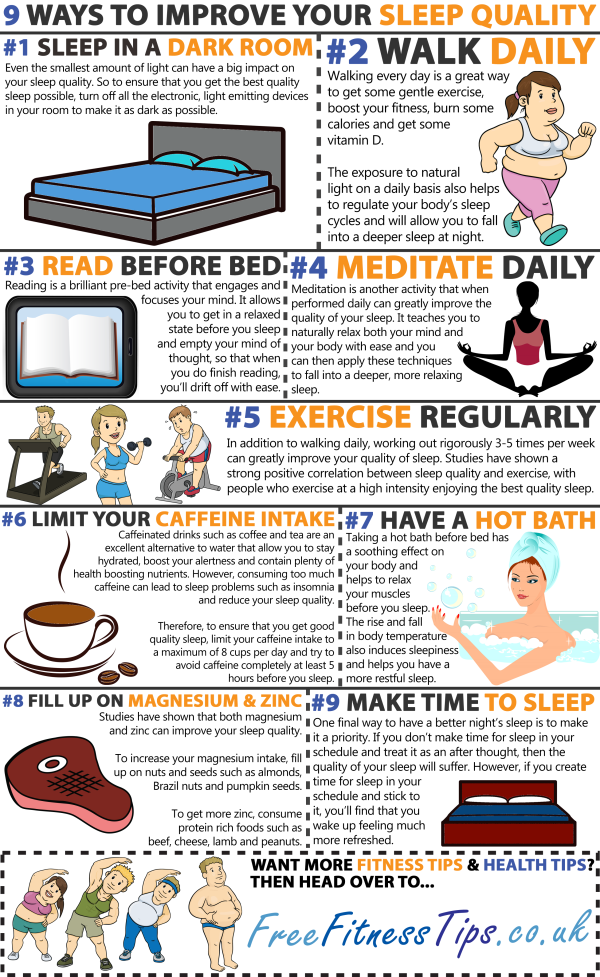 In the kitchen, try to put closer (in sight) what you use more often. Easy to get, no need to search.
In the kitchen, try to put closer (in sight) what you use more often. Easy to get, no need to search.
Jeffrey Phillip
There are several popular storage systems for the cabinet:
- Kits. This is when a blouse with a matching skirt is hung in one "set". A duvet cover, matching pillowcases and a sheet are folded into a common "bale" in a chest of drawers.
- By color. The method is suitable for linen, clothes, accessories and even towels.
- Seasonal. For clothes, Christmas decorations or sports accessories. Group by time of use, sign clearly and clearly and put away what will not be needed in the near future (on the top shelves of cabinets, in the pantry and other storage places).
- By subject, alphabet, genre or author. This makes it easier to lay out your vinyl or book collections (don't forget to tell your family about the system you need to follow now).
Corynne Pless
Problem: things without a fixed place of residence
Mess lies not only in lying things. But also in the ironing board, which costs itself all week in the room. Or the dryer, which is laid out in the middle of the living room.
But also in the ironing board, which costs itself all week in the room. Or the dryer, which is laid out in the middle of the living room.
What to do?
Find a permanent place for the dryer and board (this is not a place in the middle of the living room! The dryer should be stationary - on the balcony or in the bathroom under the ceiling: no laundry - folded with one hand movement and sent to the ceiling (to the wall). The same with the ironing board : if you have a structure that emerges from the bowels of a kitchen drawer, it is unlikely that you will keep it disassembled all week.0003
RELATED…
- Where to hide the mop, vacuum cleaner and cleaning products
- “Little things from pockets”: where they belong in the apartment
- Preobrazhenskaya | Bureau "Uyutnaya Kvartira"
Possible alternative
Take place under the bed with drawers or shelves. A variant of such storage is a podium on which the bed is located, and drawers are built into the side facade of the podium (as in our project in the photo). They can store everything from seasonal items and sports equipment to a folding dryer and ironing board. The first steps of the stairs in a private house can play the same role: a great place for shoes and umbrellas.
They can store everything from seasonal items and sports equipment to a folding dryer and ironing board. The first steps of the stairs in a private house can play the same role: a great place for shoes and umbrellas. Jennifer Gray Color Specialist & Interior Design
Trouble: too many little things
Cosmetics on the nightstand, spices on the kitchen counter - there is no time to specially take them apart and take them apart. But it is they who create the visual "noise".What to do?
1. Use the principle of a refrigerator - store things on the door. Perfumes, deodorants, creams will feel great inside a wall cabinet on the door (use a shelf for spices)2. Organize. Any mess organized into a group (with the help of a basket, a decorative tray) is already perceived by the eye as ordered. See an example with sauces in the photo.
3. Organize pull-out sections (in the bowels of the cabinet under the countertop, a lot of space disappears along the walls, but you can’t get to it without pull-out baskets.
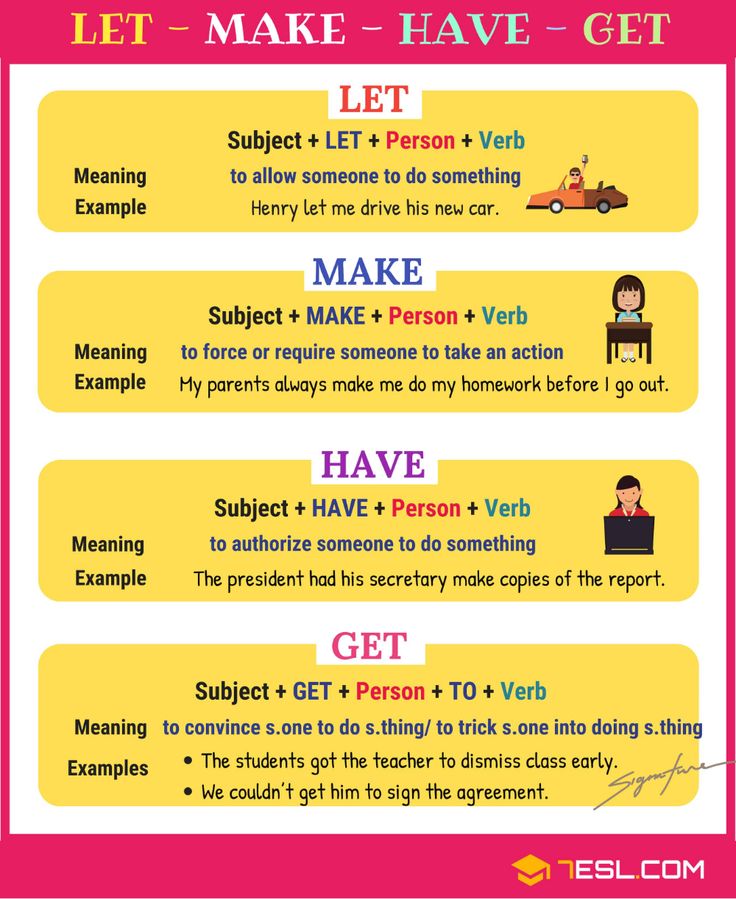
4. Get into the habit of micro-cleaning. It takes a lot of time to clean the entire refrigerator, but clean up and neatly arrange products on one of the shelves in a couple of minutes of advertising.By doing a little housework regularly, you save time that will be spent on general cleaning.0003
5. At the entrance to the apartment there is a shelf behind a mirror: here we send all the little things like a leash for a dog, an umbrella or shoe polish.
RELATED…
Can cleaning your house miraculously change your life? — Get rid of things
A large percentage of the mess is created by things that you use very rarely (and even stopped noticing them). What happens if you throw them away? Most of the time, nothing! There are a lot of options - you can sell, exchange, give away and donate.on the topic ...
- How to get rid of the moral rubble on the mezzanines
- We get rid of the rubbish: which things are discarded and what - leave
- Responsible cleaning: how to analyze the cabinets and where to give out the Nonnah.

EDITORIAL….
You can suggest a topic worthy of a new article, or criticize the work of the editorial staff (rather than a specific material) through the feedback form.
If you want to write for Houzz, you can find out about the requirements for authors, get acquainted and ask for a trial assignment at [email protected]Important tips for those who always lose everything and forget
Psychology second glove? "Have you seen the keys?" “Where did I put my wallet...” “Oh, it seems I forgot my phone in a restaurant.” When was the last time you, nervously, tried to find something that was missing somewhere? Last week? Yesterday? Today? Agree, these losses (and with them - a waste of time when you are about to leave the house) are insanely annoying!
Three years ago, the Wall Street Journal published a curious article that memory failures and forgetfulness do not depend on age or intellectual development - genes are to blame, in particular.
A study by scientists from the Department of Psychology and Neurology at the University of Bonn found that 75% of people are distracted by a variation in the D2 dopamine receptor gene, which is responsible for lack of memory.
Another reason we forget about everyday things is “a gap in the interface between attention and memory,” explains Daniel Schacter, professor of psychology at Harvard University. Every time we encode a memory, the hypothalamus (the central part of the brain) makes something like a photograph in our mind, which is stored in a set of neurons. At the right moment, we must remember this frame: the keys are on the table. But this doesn't always happen. How to learn to fix everything, and not pass for Masha the confused?
- "Prevention is the best cure." The most effective recommendation: always leave things in the same place. For example, glasses are on the bedside table; phone - in the pocket of the bag; keys - in a box by the door; slippers - near the bed.
Our forgetfulness is often associated with the fact that objects change their location in space three to four times a day. Why not fix them once and for all? It is not necessary to sort out your entire life on the shelves, apply this advice to those items that constantly disappear and with which you are most often angry. You can even make a box like this at home "For things that are constantly lost." Your memory will improve in an incredible way!
- An advice from scientists on how not to lose important daily small things is to pay attention to the coding process itself. For example, say out loud "the keys are on the table." Later, instantly remember where you put them.
- If you are already afraid of forgetting something important, try to visualize the task. Let's say, going to the store, mentally "recreate" the shopping list in your head - imagine how you take chicken, avocado, butter and salad in the supermarket. You get "memory keys" that will help you remember everything you need in time.
Learn more

